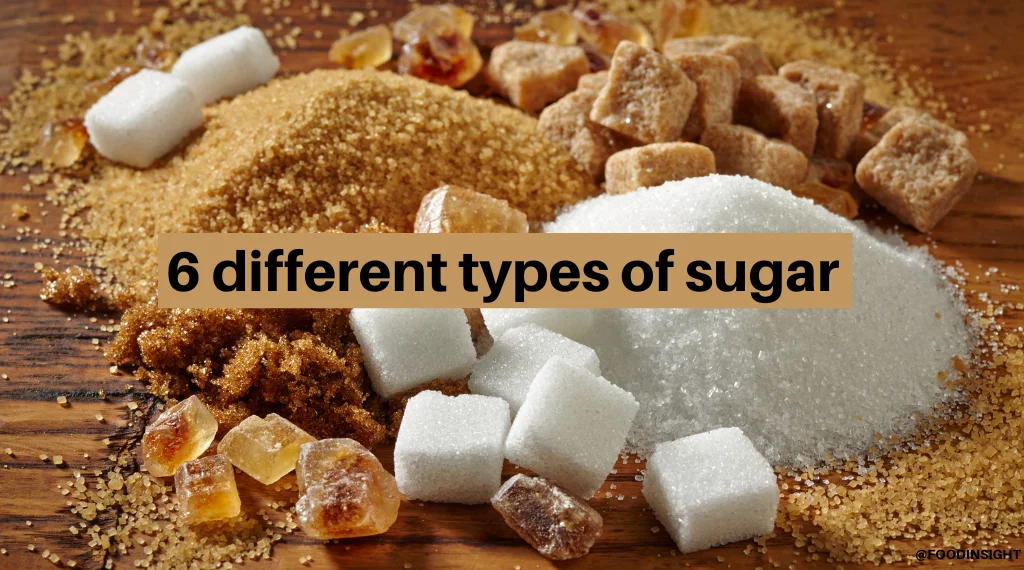Discovering the Differences in operation and Benefits Between Beet Sugar Vs Cane Sugar
In the culinary world, the selection in between beet sugar and cane sugar is not simply concerning sweet taste but includes a nuanced factor to consider of taste, application, and impact. While both sugars originate from various plants, each undertakes special production procedures that subtly affect their characteristics and suitability for different dishes. As chefs and consumers increasingly prioritize both the ecological and flavor profiles of their ingredients, understanding these distinctions comes to be critical. This expedition uses understanding right into just how each sugar kind can best enhance culinary creations.
Origins and Manufacturing Processes of Beet and Cane Sugar

Walking cane sugar, on the other hand, comes from the sugarcane plant, a tropical yard indigenous to Southeast Asia yet currently cultivated in exotic areas worldwide - beet sugar vs cane sugar. The manufacturing of cane sugar starts with the harvesting of cane stalks, which are squashed to launch the juice.

Nutritional Material and Wellness Considerations

When comparing the nutritional web content of beet sugar and cane sugar, it comes to be evident that both types basically provide the exact same caloric values, with around 16 calories per tsp and no considerable nutrient variety. Both sugars, when eaten in excess, can add to raised blood glucose levels, a threat aspect for diabetes mellitus and other metabolic conditions. From a health point of view, moderating intake of any kind of kind of sugar, whether from beet or cane, is advisable to avoid these prospective adverse results on well-being.
Flavor Profiles and Culinary Applications
In spite of their comparable chemical structures, beet sugar and cane sugar vary discreetly in flavor, which can influence their use in different culinary contexts. Walking cane sugar usually brings a tip of molasses, even in its polished form, lending a cozy, caramel-like undertone that improves baked items, coffee, and chocolate-based dishes. This mild molasses flavor is specifically valued in the cooking sector for including deepness to sweets and pastries. On the various other hand, beet sugar is identified by its highly improved, neutral taste, making it a versatile sweetener that does not modify the flavor profiles of recipes. This neutrality is especially useful in try here fragile dishes, such as light breads, creams, and some sauces, where the integral tastes of other active ingredients are planned to stand apart. Cooks and food makers may pick one type of sugar over the various other based on the wanted taste end result of their cooking productions.
Environmental Effect and Sustainability
While both beet and cane sugars are stemmed from plants, their ecological impacts differ dramatically as a result of the unique approaches of cultivation and handling required for each and every. Sugar beet cultivation frequently entails extensive automation, which can increase fossil fuel consumption and carbon discharges. Beetroots can be grown in cooler environments and require much less irrigation, possibly lowering water usage compared to sugarcane. Sugarcane, on the various other hand, is generally grown in exotic areas where it depends greatly on watering and a much longer growing period, enhancing its water impact.
Additionally, the processing of sugarcane frequently generates a substantial amount of waste, including bagasse, which, although useful as biofuel, often adds to air pollution if melted inefficiently. Sugar beet processing uses even more of the raw products, resulting in less waste. Both sectors deal with challenges in lowering their environmental footprints, however ongoing advancements in farming techniques and waste administration are aiming to boost sustainability.
Economic Variables Affecting the Sugar Sector
The economic dynamics wikipedia reference of the sugar industry are considerably influenced by international market needs and profession plans. Variables such as tariffs, aids, and international profession agreements play critical roles fit the affordable landscape. In areas where sugarcane or sugar beet production is subsidized, producers may have a financial advantage that enables them to provide lower costs on the worldwide market. This can produce disparities in success and market gain access to for manufacturers in nations without such aids.
In addition, variations in worldwide need for sugar, affected by dietary patterns and commercial usage in food, directly influence costs and manufacturing levels. beet sugar vs cane sugar. Weather condition conditions additionally play an essential role, as they can substantially impact crop returns and, consequently, the supply chain. This variability presents a level of financial uncertainty that can cause financial investment volatility in sugar manufacturing industries, affecting decisions from planting to market strategy
Verdict
To conclude, both beet and cane sugar have one-of-a-kind qualities that match various culinary requirements. While cane sugar conveys an abundant taste ideal for enhancing baked items, beet sugar's neutrality is best for lighter recipes. Nutritional resemblances notwithstanding, their distinctive manufacturing procedures and ecological influences add intricacy to the selection in between them. Thus, comprehending these distinctions helps cooks and consumers make notified decisions that line up with their health and wellness, cooking, and honest choices. her response